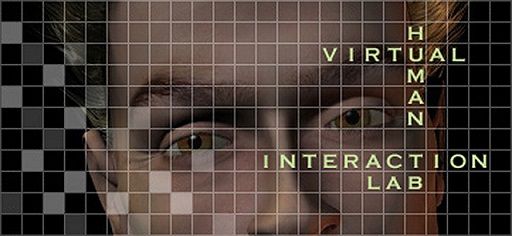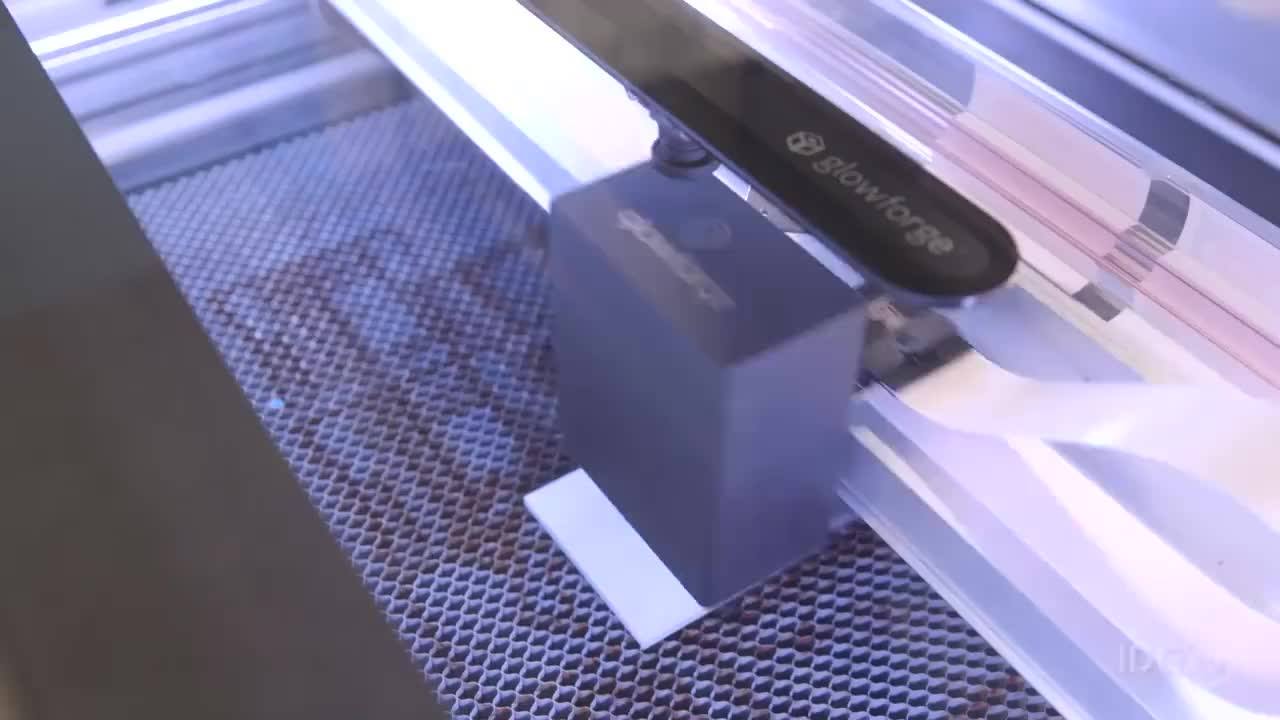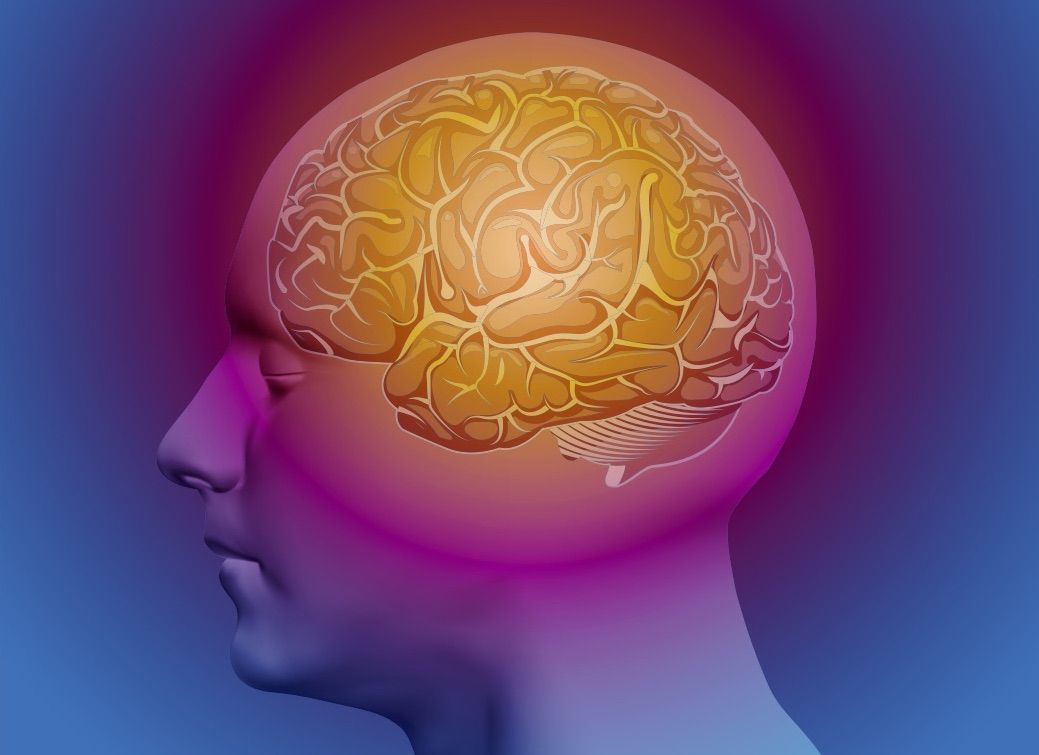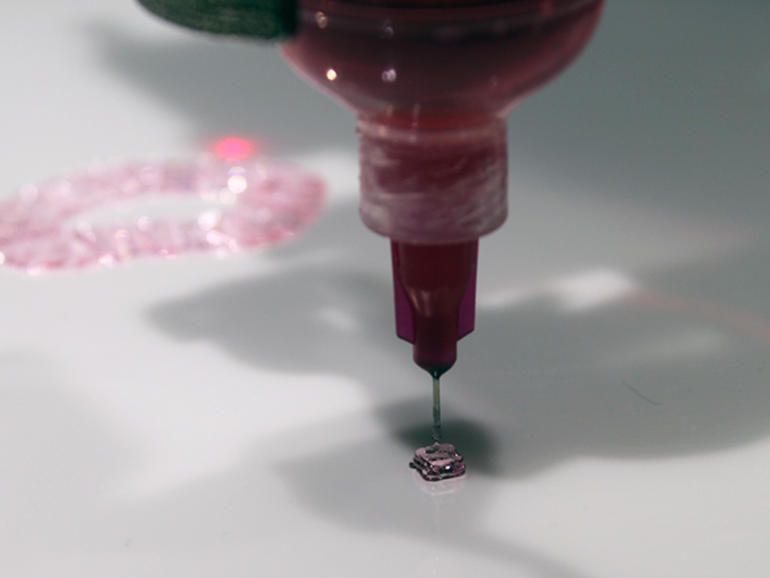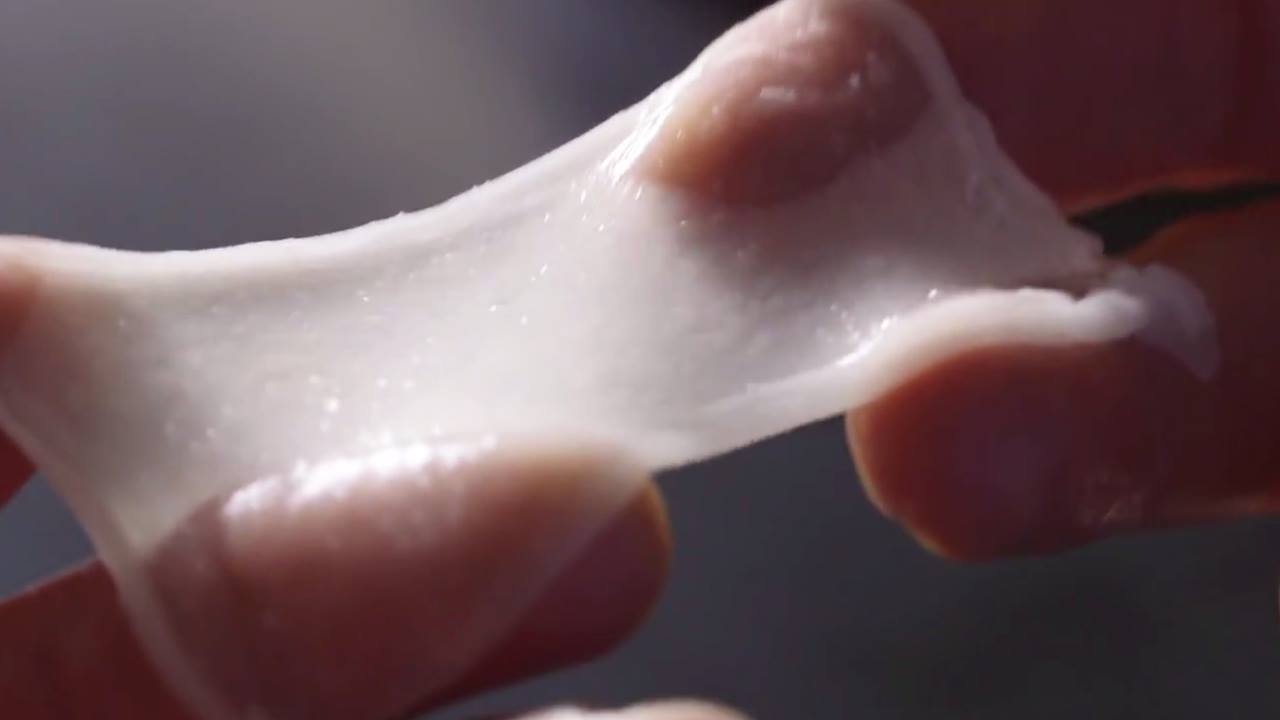Research on skyrmions suggests that the vortex-shaped particles could potentially be used in denser, faster storage.
Apple and any other tech company with an interest in consumer interactive experience (communications, gaming, internet, video/ streaming media) knows you will need VR to remain relevant; and who can do it best will be king.
Rumors are stating that Apple is investing heavily in virtual and augmented reality solutions.
Apple representatives are said to be visiting Stanford University’s Virtual Human Interaction Lab quite a bit more often. Founding director Jeremy Bailenson told the folks over at The Wall Street Journal that Apple’s recent visits were the first since the lab that was founded in 2003. Bailenson had the following to say regarding the matter:
Apple hasn’t come to my lab in 13 years, except they’ve come three times in the last three months. They come and they don’t say a word, but there’s a data point for you.
A new computer program can almost instantaneously decode people’s thoughts based on spikes in their brain activity, a new study suggests.
Graphene is coming to the market in Q3 2017 by Hexagon Resources. What is also important about this is not only what graphene does for batteries; is 1 day ago when researchers in Italy released their findings in how graphene can be implanted in the brain without damaging brain cells. Therefore, there is huge potential for grapheme beyond batteries and electronics.
Hexagon Resources is on track for first production next year at its McIntosh project in Western Australia, where the country’s biggest flake graphite resource is already demonstrating huge potential for meeting high-value markets and growing significantly in size.
A British teenager has become the first child in the UK to be cured of epilepsy by a robot that drilled deep into his brain.
Billy Whitaker, 15, had suffered daily seizures for seven years until the operation two weeks ago, which medical experts are convinced has cured him.
The procedure used a £350,000 ($503,455) robot, practically the same as those used on car factory production lines, to drill electrodes into Whitaker’s brain.
Could Mexico become the new Amsterdam for US and Canadian tourists?
Marijuana investors are looking at Mexico as a potentially sizable market.
Researchers are only steps away from bioprinting tissues and organs to solve a myriad of injuries and illnesses. TechRepublic has the inside story of the new product accelerating the process.
If you want to understand how close the medical community is to a quantum leap forward in 3D bioprinting, then you need to look at the work that one intern is doing this summer at the University of Louisville.
Artificial Skin
Posted in biotech/medical, cyborgs

